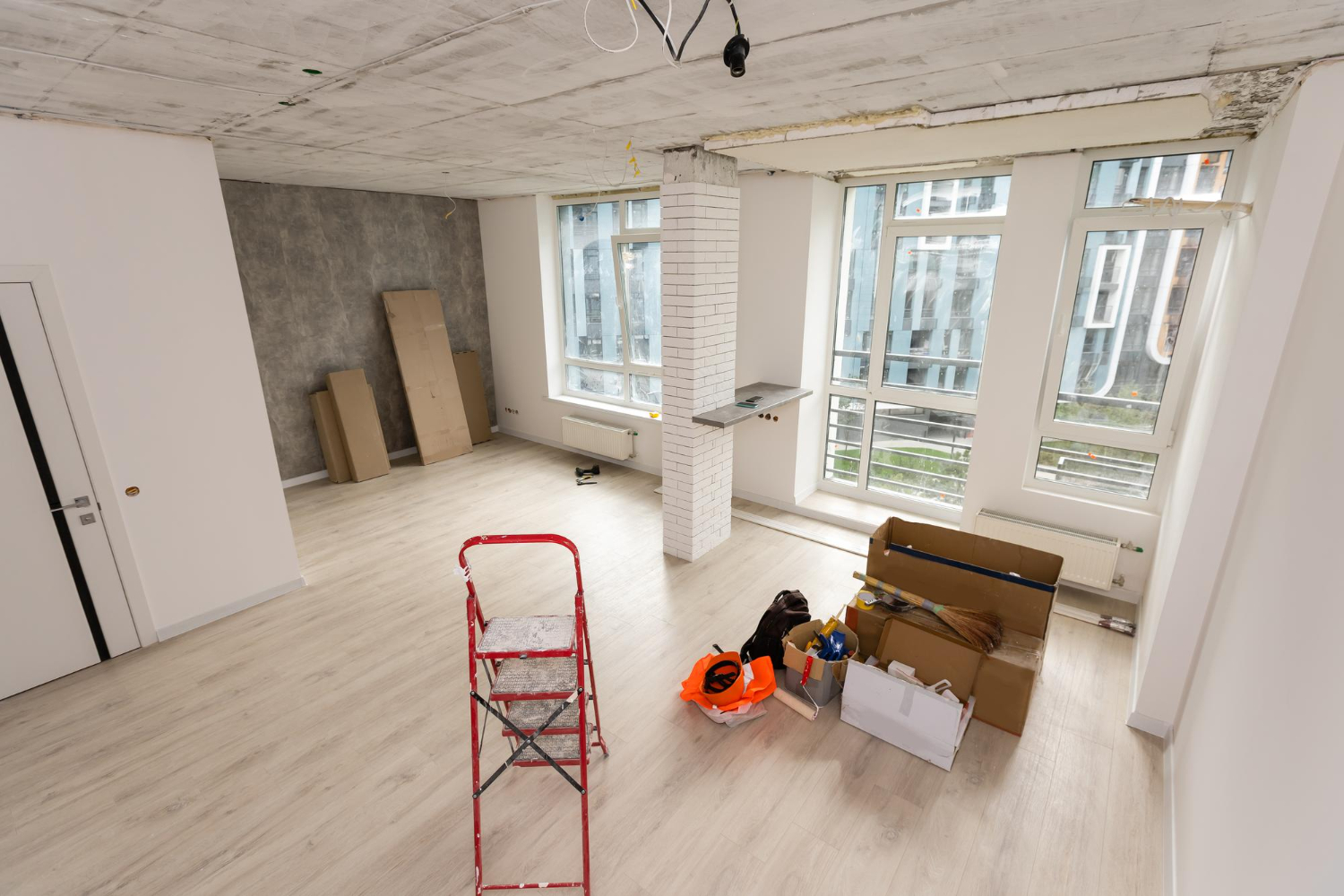Kitchen cabinet renovation and modernization may be pricey. By simply changing the colour of the cabinets, you can update the appearance of a kitchen while saving money. Paint the cabinets a white or a cream tint or pick black cabinets for a sleek, contemporary finish.
Additionally, many homes use two distinct cabinet colours, one for the top cabinets and the other for the base cabinets. It takes several days to paint cabinets; be ready to apply multiple coats of paint and sealant to every piece of cabinetry.
Rather than replacing the entire cabinet, you can opt for less invasive methods such as cabinet refacing, resurfacing, or refinishing. All of these methods can provide your kitchen with a fresh and updated look.
Cabinet Refacing
This process is less invasive than completely replacing your cabinets and involves only redoing the visible parts, such as the doors, drawer fronts, and handles. The steps involved in cabinet refacing are pretty simple and can be done by either skilled professionals or DIY-ers.
Essentially, the cabinet doors and drawers are removed, covered with a new veneer or laminate in the desired colour, and new hinges and handles are installed. Optional accessories can also be added, such as lighting or glass panels.
Cabinet Resurfacing
Cabinet refacing entails refreshing the visible parts of the cabinets while resurfacing and refinishing focuses on enhancing the cosmetic aspects of the cabinets.
Cabinet Refinishing
With resurfacing, you have a wide range of cabinet colour options to choose from, and refinishing is an affordable option that offers limitless colour choices. Whether you are a skilled DIY enthusiast or prefer to hire a professional, there are numerous options available to give your kitchen cabinets a new lease on life.
The Best Way to Change Cabinet Color
When it comes to changing the cabinet colour of your kitchen cabinets, the best option is to seek the help of a licensed contractor who specializes in professional cabinet painting services.
By working with a professional, you can choose the ideal paint colour for your cabinets and rest assured that the materials used will provide a durable, long-lasting finish. The process typically involves sanding, priming, and the application of either oil- or water-based paint.
Prep The Space to Change Cabinet Color
Whether it’s a DIY project or a professional one, it’s important to prep your space properly. A successful paint job depends on a well-prepared work area. You want to make sure the surfaces you’re painting are clean, smooth, and free of any debris or dust.
This will ensure that the paint adheres properly and looks its best. When prepping your home for a professional paint job, your painter will likely handle most of the prep work for you.
Proper prep is also key for any DIY project, not just paint jobs. Whether you’re renovating a room, building a piece of furniture, or working on any other type of project, taking the time to prep your space can save you time and frustration in the long run.
Remove Hardware and Repair Damage
To do this, you’ll want to remove the doors, drawers, and hardware to avoid any dust or debris getting on them during sanding. Be sure to label where everything goes with painter’s tape so you can easily reinstall them later.
Place the hardware in a plastic bag or cup and label it as well. After that clean the surface and fill the holes and dents.
Sand and Prime the Surface
Sand with grit sandpaper to even out everything for a smoother finish. Then apply primer according to the kitchen cabinet finish. For laminate cabinets, use a special bonding primer that may require light sanding to ensure the primer sticks properly.
Apply Paint – Change Cabinet Color
Applying the paint in the right sequence is crucial for getting the finest results when painting kitchen cabinets.
- Start by painting the interior borders and apertures.
- After that, paint the frame face fronts and the sides of the outside cabinet.
- Paint any wood trim or woodwork.
- Lastly, paint the cabinet doors and drawers. Allow the paint to flow into the corners and gaps uniformly if these portions have raised or complex features; do not let the paint build up in one area.
Remember to apply a thin, light layer of paint over the whole surface. Thin coats dry significantly more quickly and have fewer brushstrokes.
Between coats, allow the paint to cure for about three hours, then lightly sand the surfaces to prepare for the subsequent coat. Two good coats of paint are usually sufficient to give cabinets a rich look.
However, adding a third coat can aid in shielding the cabinets from the damage that heat, spatter, and regular use do daily. When painting your cabinets, use these procedures to get fantastic results.



